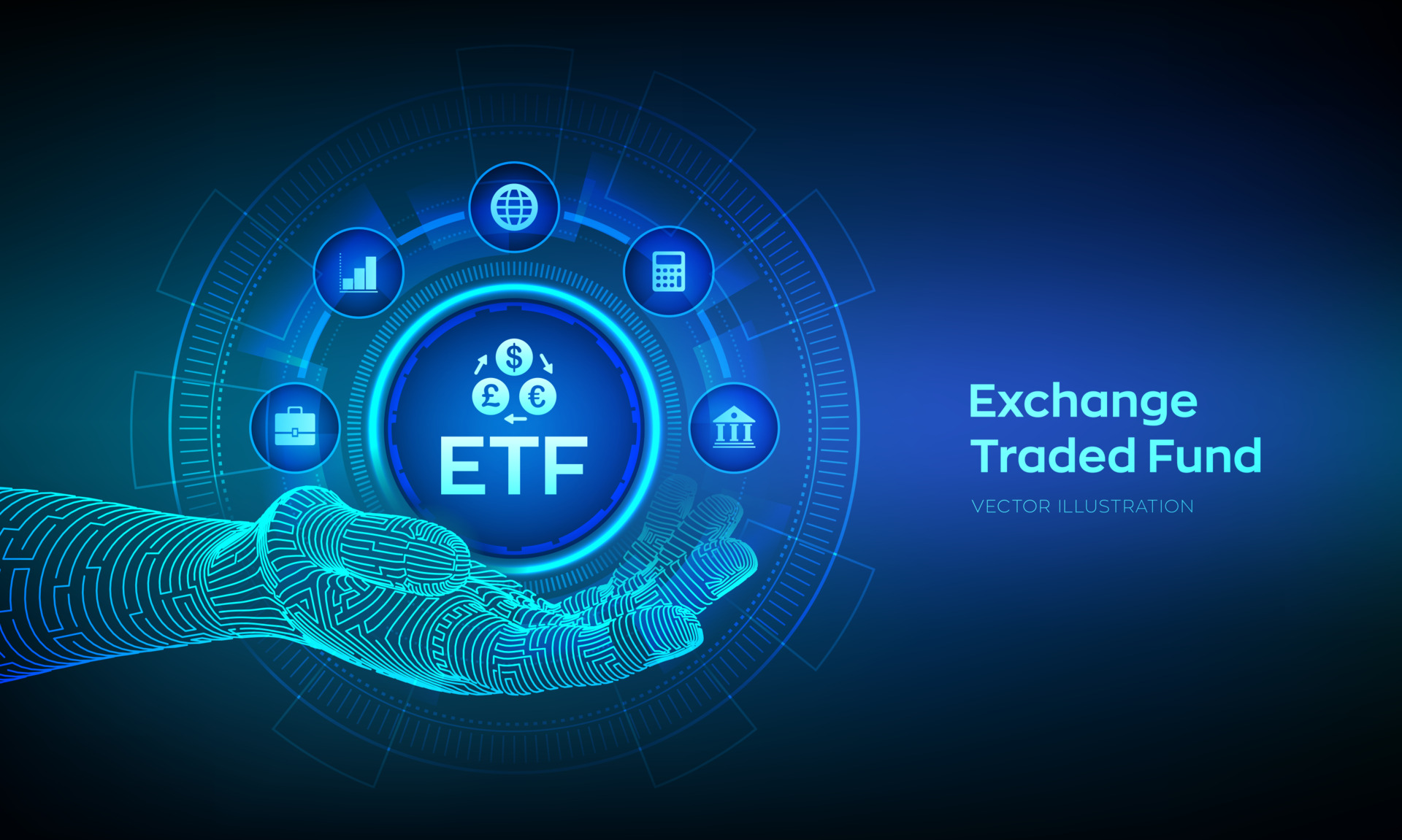Navigating the expansive world of Exchange Traded Funds (ETFs) can be a complex endeavor, particularly when it comes to constructing a well-diversified portfolio. It’s not uncommon for investors to inadvertently choose ETFs with significant overlap, leading to higher-than-expected concentration in certain assets. As a result, identifying ETF overlap has become an essential step in portfolio construction and management. What’s the best ETF overlap tool? Before diving in, feel free to check financetime: our partner helping you to make informed financial decisions.
Understanding and managing ETF overlap requires powerful analytical tools that can dissect your holdings and compare them with others on various parameters. The best tools provide an accurate, comprehensive picture of how much your ETFs overlap in their holdings. This not only helps to avoid overexposure to a particular sector, company, or country, but also ensures the portfolio remains balanced and in line with your investment objectives.

In this article, we’ll explore some of the best ETF overlap tools available in the market. We’ll provide an overview of each, discussing their features, benefits, and how they can help investors make more informed decisions. Whether you’re a seasoned investor or a beginner just starting your journey, this guide will provide you with the necessary insights to choose the right ETF overlap tool for your needs. So, let’s get started.
ETF Research Center
ETF Research Center is a valuable resource for any investor looking to delve deeper into the world of Exchange-Traded Funds (ETFs). One of its standout features is its “Overlap” tool, which is designed to help investors avoid unintended concentration risk in their portfolios.
The Overlap tool allows you to input multiple ETFs and then provides an analysis of the extent to which their holdings overlap. By presenting you with a detailed breakdown of the shared holdings across different ETFs, this tool helps ensure that your portfolio is diversified and that you’re not overexposed to any particular stock, sector, or region.
Using the ETF Research Center’s overlap tool is straightforward. Simply enter the tickers of the ETFs you’re considering, and the tool will produce a detailed report. The report includes the total number of holdings for each ETF, the number of shared holdings, and the percentage overlap.
This tool is particularly useful when considering ETFs that track similar indices or those within the same sector. It can help uncover hidden similarities that could potentially increase risk. By identifying these overlaps, investors can make more informed decisions about which ETFs to include in their portfolios for true diversification.
The ETF Research Center’s Overlap tool is a powerful resource for investors seeking to optimize their ETF investments, offering clear, easily understandable insights into potential portfolio overlaps. As with all investing tools, however, it should be used as part of a broader research and investment strategy.
Morningstar
Morningstar is a highly respected provider of independent investment research, and one of its standout offerings is the Portfolio X-Ray tool. This is a robust, versatile tool that can help investors better understand their portfolio’s composition and diversification, including detecting any overlap between ETF holdings.
Portfolio X-Ray takes the ETF tickers you input and presents a comprehensive analysis of your portfolio. This includes a breakdown of your holdings by sector and geographic region, your portfolio’s asset allocation, and potential overlap among ETFs. Overlap is measured by examining the holdings of the inputted ETFs and identifying common securities.
The X-Ray tool’s strength lies in its depth and breadth of analysis. It doesn’t simply flag overlap; it gives investors a clear understanding of where the overlap exists. For example, two ETFs might both have heavy allocations to technology stocks or to a specific geographic region, leading to higher exposure in that sector or region than the investor might realize.
Another useful feature of the X-Ray tool is its ability to identify concentrations in particular stocks across different ETFs. This helps to avoid excessive exposure to single stocks, a risk that could otherwise go unnoticed.
In addition to providing insights into overlap, the X-Ray tool offers a broader view of an investor’s portfolio. It analyzes the investor’s exposure to different sectors and regions, how the portfolio aligns with various investing styles (such as value or growth), and other factors like dividend yield.
Morningstar’s Portfolio X-Ray tool is an excellent resource for investors looking to identify and manage overlap in their ETF holdings. By providing a detailed, comprehensive view of an investor’s portfolio, it supports more informed decision-making and helps to ensure a truly diversified investment strategy. Remember, though, that every tool should be used as part of a broader research process and strategy, alongside other resources and tools.
ETF.com
ETF.com is a leading authority on news, data, and analysis about the universe of exchange-traded funds (ETFs). One of the most helpful tools they offer is their Fund Comparison Tool, which is capable of showing you overlap in holdings between two ETFs.
When you input two ETF tickers into the Fund Comparison Tool, it presents you with a detailed analysis, comparing key aspects such as fund flows, performance, volatility, dividend yield, concentration, and expense ratio.
One key aspect of the analysis is a breakdown of the top 10 common holdings between the two ETFs. This gives you a quick overview of the extent of overlap between the two ETFs, allowing you to ensure you are not unintentionally overexposed to specific stocks.
While this tool might not be as detailed as some other overlap tools, which give a full list of common holdings and an overlap percentage, it is quite helpful for a quick comparison between two ETFs. The tool’s simplicity and user-friendly interface make it easy for both seasoned investors and beginners to understand and use.
Please note, the Fund Comparison Tool is most useful when comparing ETFs that are similar in nature, such as two technology sector ETFs or two large-cap ETFs. For very different ETFs, the top 10 common holdings might not provide a comprehensive picture of overlap.
ETF.com’s Fund Comparison Tool offers a quick and easy way to assess the overlap between two ETFs, making it a useful part of any investor’s toolkit. As always, remember to use this tool as part of a broader investment research strategy, and consult with a financial advisor or conduct thorough research before making any investment decisions.
Conclusion
In conclusion, the world of Exchange Traded Funds (ETFs) offers a wide variety of investment opportunities, each with its own risks and rewards. Whether you’re a seasoned investor or just starting out, managing the overlap between ETFs is an essential part of creating a diversified portfolio. Tools like the Overlap tool from ETF Research Center, Morningstar’s Portfolio X-Ray, and ETF.com’s Fund Comparison Tool each offer unique and valuable insights into potential overlaps in your portfolio.
However, it’s important to remember that these tools should be used as part of a comprehensive investment strategy, rather than as standalone resources. Investors should also consider other factors, such as their risk tolerance, investment goals, and market conditions. As always, consulting with a certified financial advisor is recommended before making any investment decisions.
Ultimately, these ETF overlap tools are designed to help you make more informed investment decisions and better manage your portfolio. By utilizing these resources, you can navigate the complex landscape of ETF investing with greater confidence and clarity, ensuring your portfolio is well-diversified and aligned with your investment objectives.

